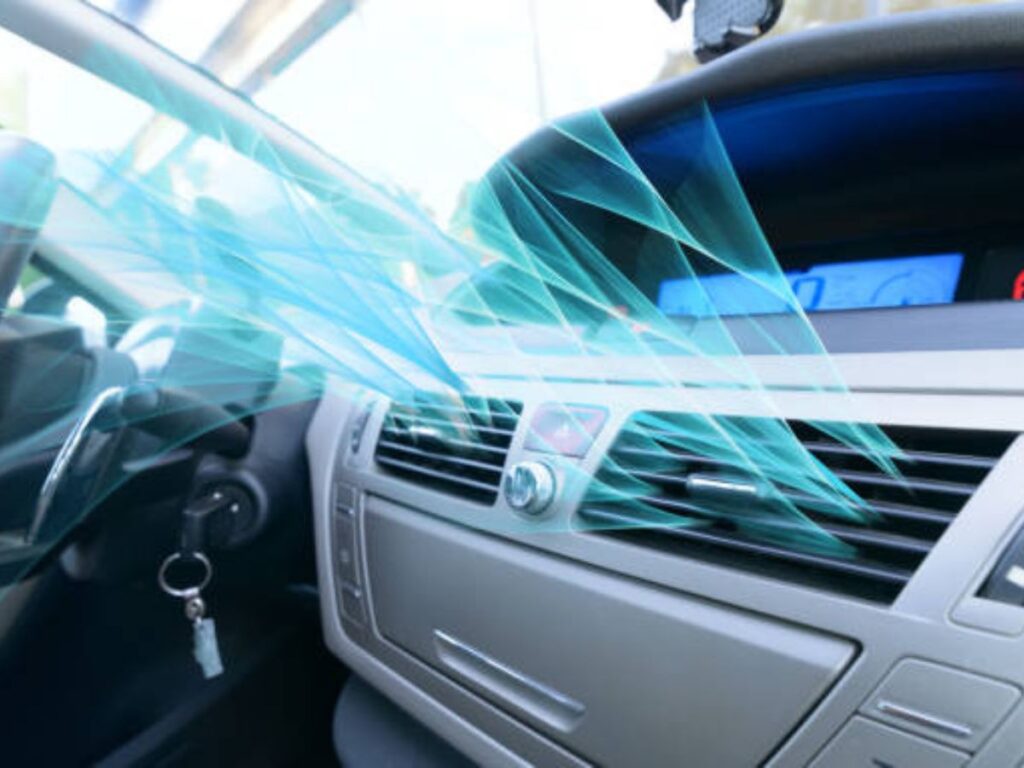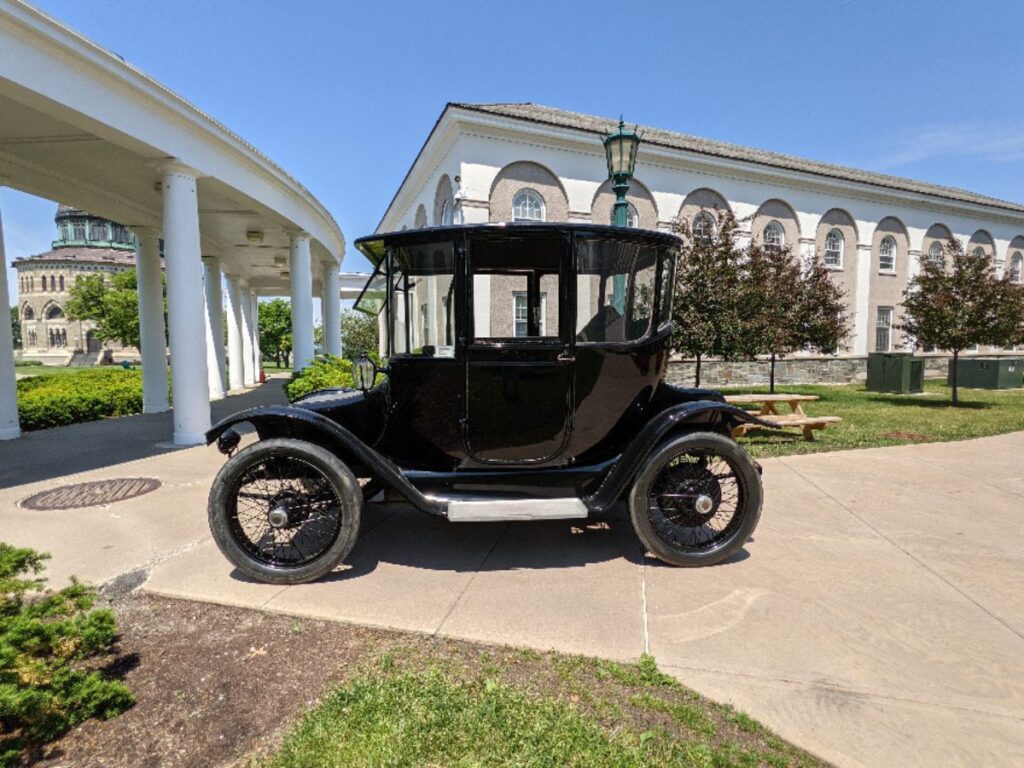Here in this article, you will get a guide on How to Speed Up Windows 10. Any windows running slow is an ordinary matter, and there are numerous ways to fix this. But I will give you the methods that are effective and have to make my pc faster with Windows 10.
Only some people are ready to update from Windows 10 to Windows 11; even the most recent version of Windows isn’t immune to slowdowns. Whether you’re using Windows 10 or 11, these techniques for speeding it up still apply. As software grows more hardware-heavy, all laptops and computers will eventually run slower.
How your PC responds to these changes can significantly impact how well it performs. You may speed up your sluggish laptop and make it faster by using the tips and tricks provided below, along with some professional advice.
No matter which of the best Windows laptops or computers you own, learning how to speed up Windows 10 can help your computer or laptop be less prone to annoying performance and system problems. You can accomplish all of this without sacrificing the look or functioning of your operating system. So, let’s get started!
TABLE OF CONTENT
- HOW TO SPEED UP WINDOWS 10
- SWITCH OFF YOUR COMPUTER.
- RUN SYSTEM MAINTENANCE
- CONTINUALLY UPDATE
- UPGRADE RAM
- CLEAN UP YOUR HARD DRIVE.
- VERIFY THE APPLICATIONS THAT LAUNCH
- ACTIVATE DISK CLEANUP
- DELETE OUTDATED OR UNUSED SOFTWARE
- VERIFY AND ELIMINATE MALWARE AND INFECTIONS
- TURN OFF TRANSPARENCY
- TURN OFF SPECIAL EFFECTS
Table of Contents
ToggleHOW TO SPEED UP WINDOWS 10
The following will show you how to clean up computer to run faster windows 10.
1. SWITCH OFF YOUR COMPUTER.
I assure you that turning your computer off and back on again can resolve various problems, including the Windows 10 slow issue. Even though modern PCs are built to run continuously, you should occasionally think about restarting your machine. You’d be astonished at how quickly a PC can operate when only given a little opportunity to update.
2. RUN SYSTEM MAINTENANCE
A built-in tool in Windows 10 handles routine system maintenance activities, including defragmenting the hard disc, checking for updates, and detecting malware. When your computer is inactive, these operations often run in the background. Still, if you have observed a problem with system performance, you can undertake maintenance manually if you choose to make pc faster.
- Open Control Panel, pick System and Security, then click on Security and Maintenance to begin.
- Then select Start Maintenance.
- You can choose Start Maintenance from this menu.
ADVISE- Before continuing, remember to close any open files and save them.
3. CONTINUALLY UPDATE
If you are wondering why is my computer so slow, then there can be a chance you still need to upgrade the window. Microsoft regularly releases updates for Windows 10 to address common issues that impair system performance. While some are insignificant, others significantly alter your system to increase efficiency.
- Access your settings if your computer is running slowly
- Enter the Windows menu, type “Update” into the search field
- Then select “Check for Updates.”
Before continuing, save and back up your data if a significant upgrade is available. For all of the updates to take effect, your computer may need to restart numerous times. If it has been a while since your most recent update, restart your computer and click “Check for Updates” again to ensure there aren’t any more.
Learn About types of hard drives
4. UPGRADE RAM.
Your PC’s overall speed can be significantly increased by increasing the amount of (RAM) virtual memory. The minimum RAM requirement for Windows 10 is 4GB, although this does not take into consideration resource-intensive software, such as video games. Installing additional RAM is the most straightforward fix for this. You can place RAM chips into a specific number of RAM slots on your computer.
- Click Performance in Task Manager (Ctrl + Alt + Del) to see what kind of memory your computer uses.
- The system will show any memory slots that are active along with the kind, such as DDR4.
New RAM chips can be easily installed. If you do it yourself, protect delicate components by wearing an anti-static wristband. For a modest price, many PC repair shops will also be pleased to perform the hardware upgrade for you.
5. CLEAN UP YOUR HARD DRIVE.
Your hard drive may get increasingly fragmented the more you use it, which can be a reason why is my laptop so slow. You can defragment your hard drive using the built-in defragmenter in Windows 10. Even set it to run automatically to maintain ongoing defragmentation.
- Enter “defrag” into the search box to get started.
- Pick the drive you wish to defragment from the screen that opens.
- To defragment it, click the Optimize option.
- Holding down the Ctrl key while clicking each drive you want to defragment will allow you to choose several discs.
- Check the box next to “Run on a schedule” after selecting the Change settings button if you want your disc or drives to be automatically defragmented.
- By clicking the drop-down next to Frequency and choosing Daily, Weekly, or Monthly, you can select how frequently you want the disk(s) to be defragmented. (Weekly will work best for you.)
- You can select several drives to defragment from this screen as well.
Advice: Defragging won’t significantly improve performance if you have an SSD and might even wear down the disc. Defragmenting SSDs is not worthwhile as a result.
6. VERIFY THE APPLICATIONS THAT LAUNCH
As a result of the excessive number of open processes, Windows 10 slow down. This frequently occurs because many installers direct Windows to launch their programs immediately once you log in, slows down the system.
- Open task manager (ctrl + alt + del),
- Then select the ‘startup’ tab to inspect your startup apps.
- The ‘startup impact’ values for each program, such as ‘high,’ should be carefully observed since this is a practical approach to identifying programs that are likely to slow down your system.
- Select “disable” from the context menu when you want to stop a program from running when you log in.
7. ACTIVATE DISK CLEANUP
To make your computer faster, use disk cleanup, which is built-in in Windows 10. You can delete temporary items that are amassing on your computer, including downloaded programs, offline web pages, and image thumbnails. To begin,
- Select the Windows menu and type “Disk Cleanup” into the search field.
- You will have a selection of files to delete from the tool.
- Check the boxes next to each choice.
- To start, select “Clean up system Files.” Disk Cleanup will calculate your space savings.
Additionally, now is an excellent time to remove unnecessary files from your hard drive. A good place to start is in your downloads folder.
8. DELETE OUTDATED OR UNUSED SOFTWARE
Delete unwanted apps when the monitor slows down or the laptop. Many PC manufacturers include third-party software with their PCs, frequently referred to as “bloatware” due to its bulk and needlessness.
Many people who use computers install software for a specific task and never use it again, such as designing a newsletter. Redundant programs take up space on your hard drive and may perform worse.
- Go to Control Panel > Programs > Programs and Features > Uninstall a Program (to view the installed programs on your computer.)
- Uninstall can be chosen by right-clicking on any programs you no longer require. Windows 10 will request authorization before making changes to your computer. Select Yes to proceed.
9. VERIFY AND ELIMINATE MALWARE AND INFECTIONS
Your PC may perform slowly due to a virus, malware, or dangerous program. Unexpected pop-up messages, programs that launch without your permission, or the sound of your hard drive spinning repeatedly are other indicators. Slow CPU windows 10 can occur due to these.
By running antivirus and antimalware software and keeping it updated, the best way to deal with viruses and hazardous software is to try to prevent them from entering your computer in the first place. However, your computer could still become infected even if you take precautions.
Windows Security (formerly Windows Defender Security Center), a feature of Windows 10, allows you to check your computer for viruses and other harmful software.
10. TURN OFF TRANSPARENCY
(Why is windows 10 so slow) this is because windows 10 puts forth a lot of effort to produce the transparency effects, and turning them off can improve system efficiency.
- In the Settings menu
- Select Personalization, then Colors.
- Then scroll down to “Transparency effects” and turn the slider to Off.
11. TURN OFF SPECIAL EFFECTS.
There are a lot of special effects in Windows 10. Windows and other features have default settings that cause them to appear and disappear gradually, resulting in windows 10 slowing down. Translucency and animations are other resource-intensive yet superfluous elements.
- Open the Windows menu, type “System” into the search bar
- Pick “Performance Settings” from the Advanced Settings tab to reset your computer to its default settings.
- Select Custom by selecting the radio box under the Visual Effects tab. You can deactivate any visual effects you desire by unchecking the boxes next to them.
- To confirm your changes, click Apply,
CONCLUSION
How to Speed Up Windows 10 concludes that there are many effective ways to do this, which I have discussed above, including restarting your computer and checking for every type of upgrade; there are a lot of special effects in Windows 10. Windows and other features have default settings that cause them to appear and disappear gradually, turn those off.
Delete the unused software or bloatware, verify and delete malware, turn off special effects, activate the disk cleanup, verify applications that launch, upgrade your RAM, and run system maintenance at least once a week. Verify applications that launch, upgrade your RAM, and run system maintenance at least once a week.
Right now, Windows 10 is relatively quick, and it is far superior to older Windows versions. On older PCs, though, performance has degraded over time. But your Windows 10 computer can eventually become slow if you utilize a lot of apps. So, by reading this guide now, you can significantly speed up your pc or laptop with Windows 10.



